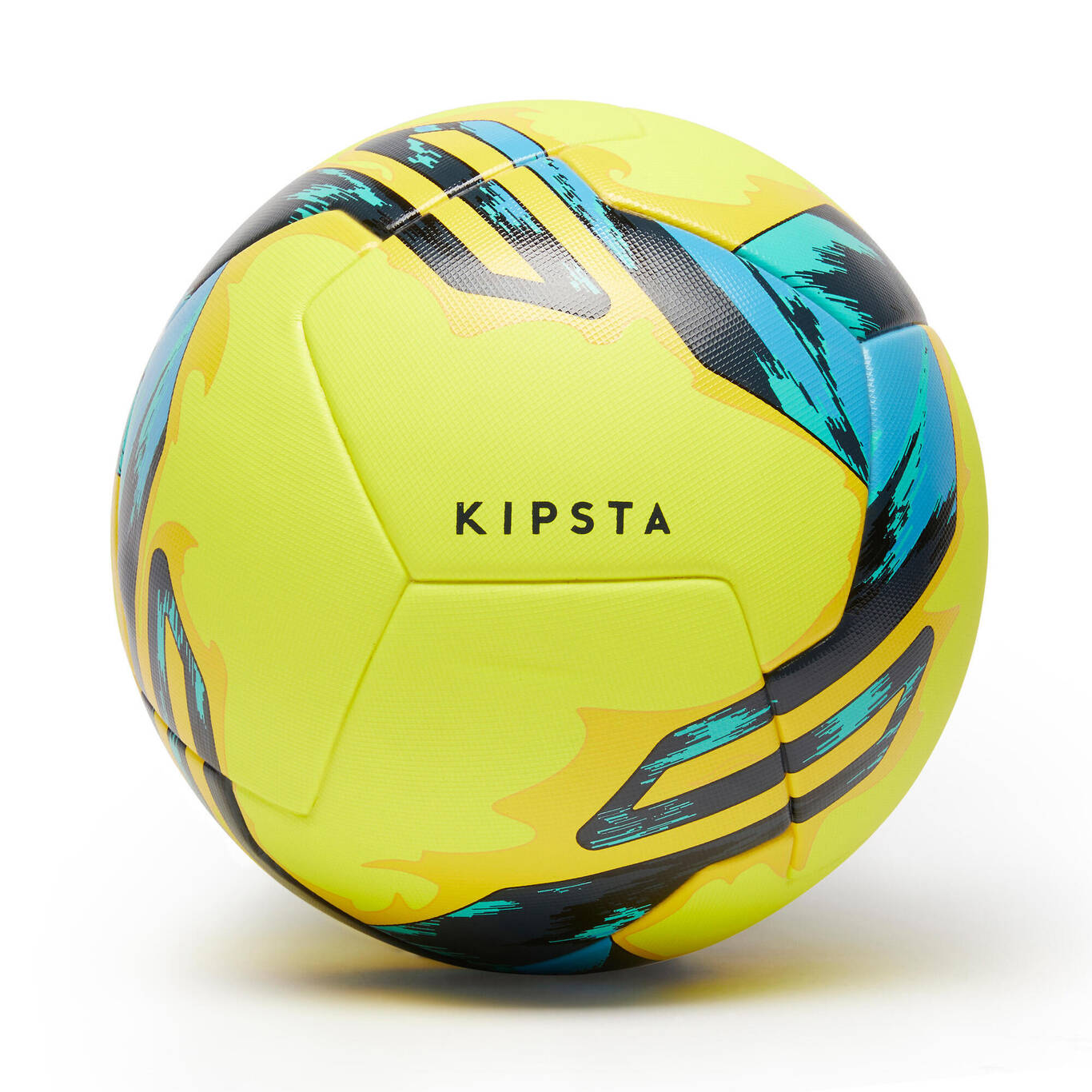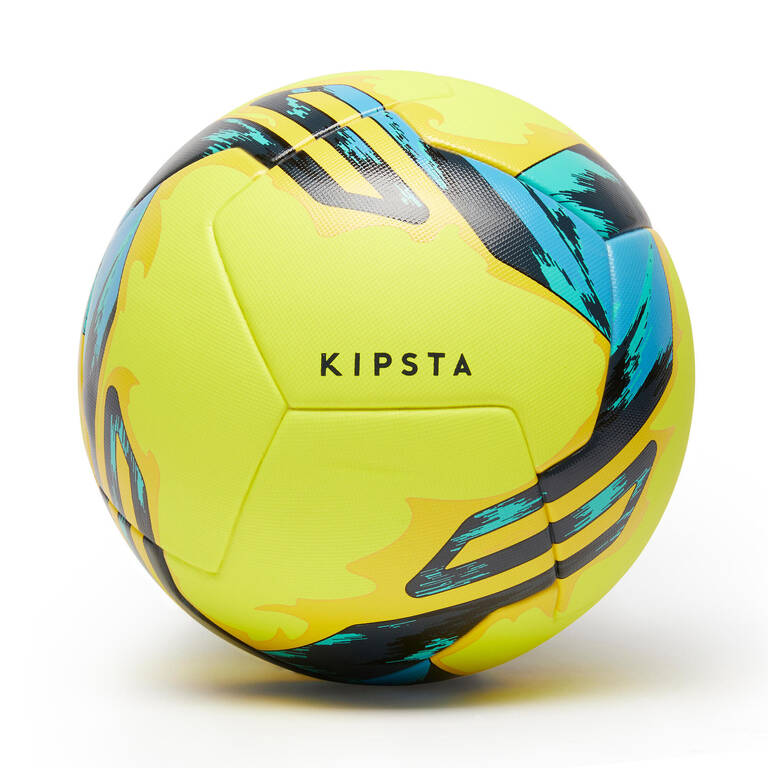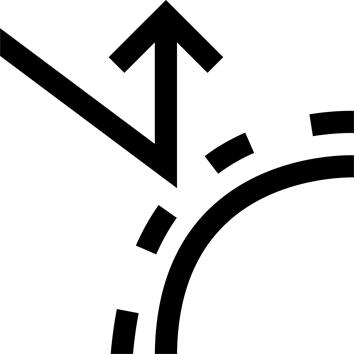Design
When creating this beach soccer ball, our designers used thermobonding technology (seamless) to guarantee perfect sphericity and more precise shots. In addition, this technology ensures better waterproofing. Finally, to optimise the sphericity of this ball, we chose a laminated bladder (fabric strip bonded to the latex bladder) to guarantee even more robust inflation.
Exclusive construction
We know that, in matches, the little details make all the difference. For this BS9 ball, we wanted to really focus on having a stable trajectory so that players and keepers could better read the ball in the air. To do this, we tested different types of outer panelling and chose the one which showed the best results. The 12-panel design is a Kipsta exclusive.
Quality testing
We conducted numerous lab tests on the ball in order to provide the excellent accuracy that beach soccer players require while competing. Each test is outlined below.
Weight
Between 430 and 445g in size 5
Circumference
Between 68.5 and 69.5 cm.
Sphericity
Average measured variation: maximum 1.5%.
We measure the football's sphericity at 4500 different points and examine the recorded discrepancies.
If the difference is greater than 1.5% (FIFA Pro Standard), our engineers are tasked with improving the sphericity to guarantee consistent bounce.
Maximum pressure loss
We inflate the ball to the recommended pressure (meaning 0.8 bar).
72 hours later, the ball must not lose more than 15% of its pressure, meaning approx. 0.1 bar. The pressure after 72 hours must, therefore, be at approx. 0.7 bar.
This also means that it is quite normal for a ball to lose pressure after a few days.
Water absorption
We simulate rainy playing conditions in a lab by leaving the ball to sit in 2cm of water on a pivoting support whilst subjecting it to 250 compressions
At the end of the test, the ball can not have absorbed more than 10% of its weight, or 40 grams for the BS9. This is one of the advantages of the thermobonded process; water absorption is limited in comparison to other processes (machine-stitched for example)
Bounce
Between 135 and 155 cm with a maximum difference of 10 cm between the ball's highest and lowest bounce. Each ball is dropped 10 times on a steel plate from a height of 2 metres.
Shape and pressure retention
The most demanding test that this ball is subjected to is the machine shot test.
Resists up to 2500 shots against an elevated flat surface at 50 km/h at a distance of 2.5 m.
At the end of the test, we check:
- the ball's general state: stitching must withstand this test
- the circumference: must not have increased by more than 1.5 cm.
- the sphericity: it must not have varied by over 1.5%
- the pressure: loss of pressure must not exceed 0.1 bar.



























